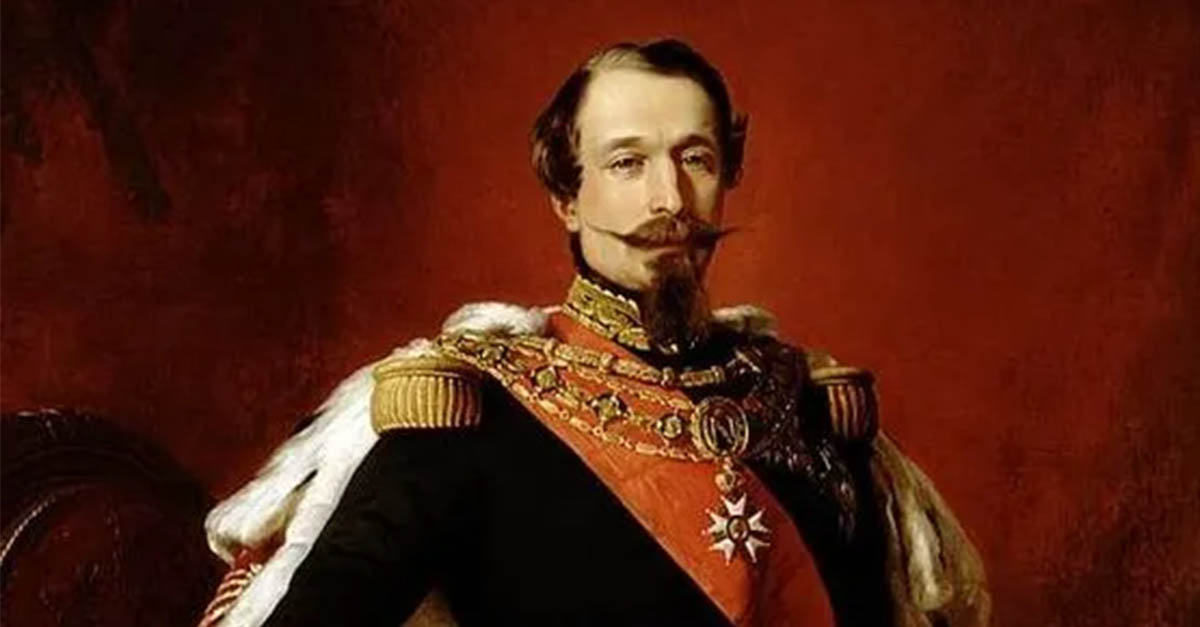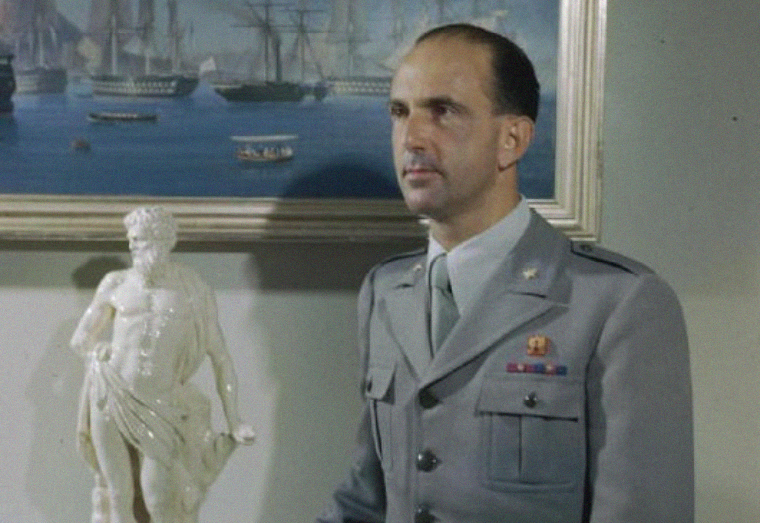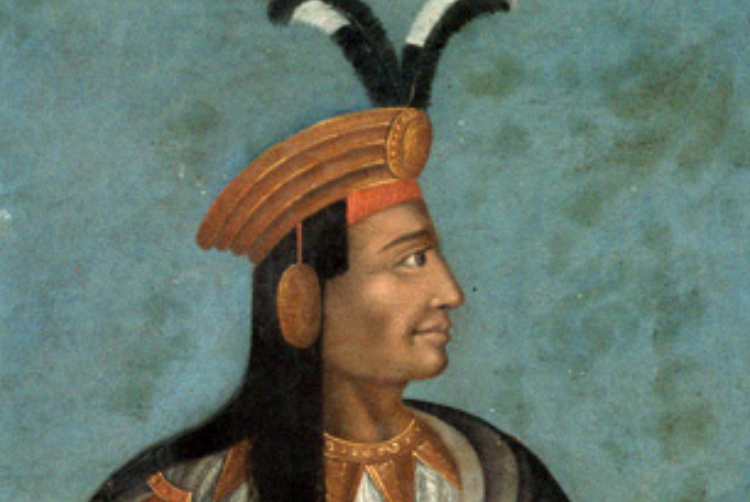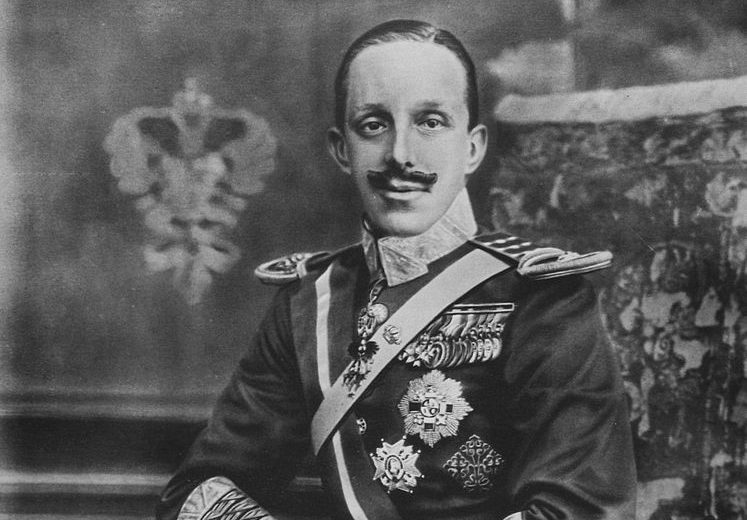Final Monarchs
Royalty is more than titles—it’s legacy, a burden of power that can shape or break the fate of nations. Let's take a journey through history’s twilight moments to meet some of the last monarchs of great old kingdoms and empires. We’ll explore the stories of these final sovereigns and their fateful reigns, uncovering how their leadership symbolized both the end of an era and, perhaps, the beginning of something new.
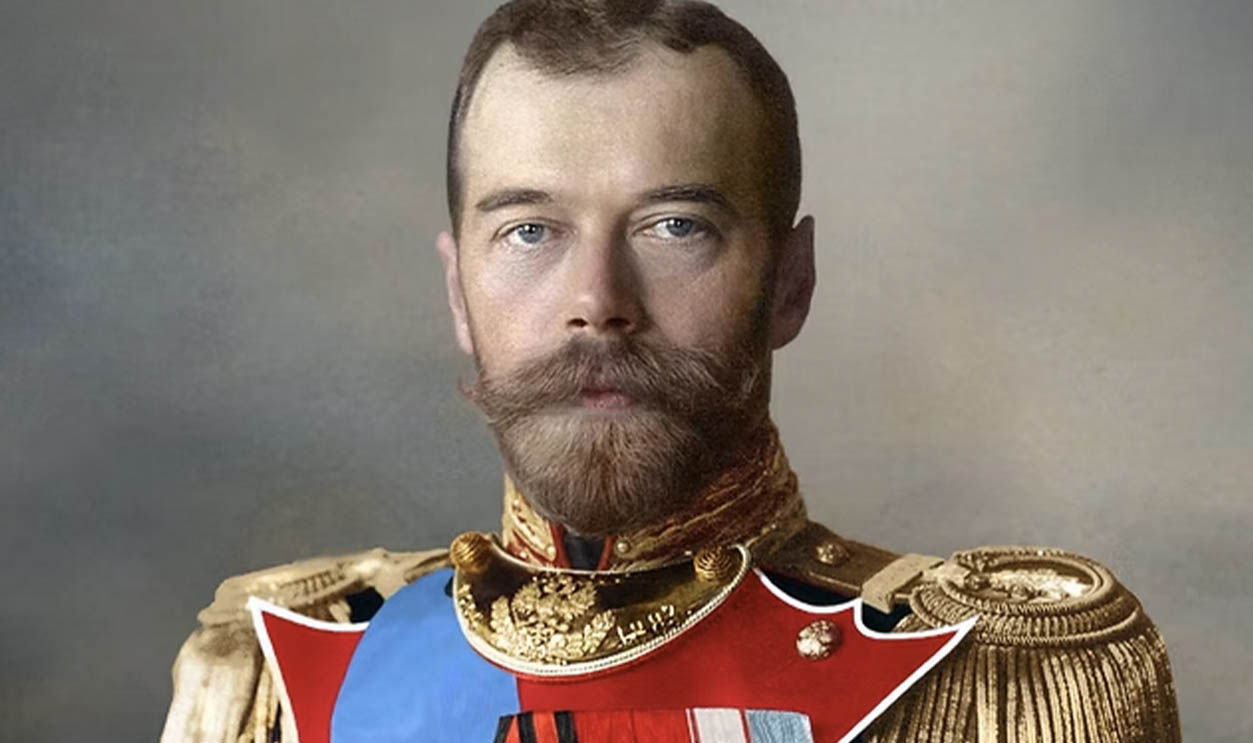
Wilhelm II
Kaiser Wilhelm II ruled Germany from 1888 to 1918, the son of Kaiser Frederick III and Victoria, Queen Victoria’s daughter. As the last German Kaiser, his reign was marked by aggressive martial expansion and a dismissal of Chancellor Otto von Bismarck. After 1918, facing mounting discontent following the first global conflict, Wilhelm II abdicated and went into exile in the Netherlands.
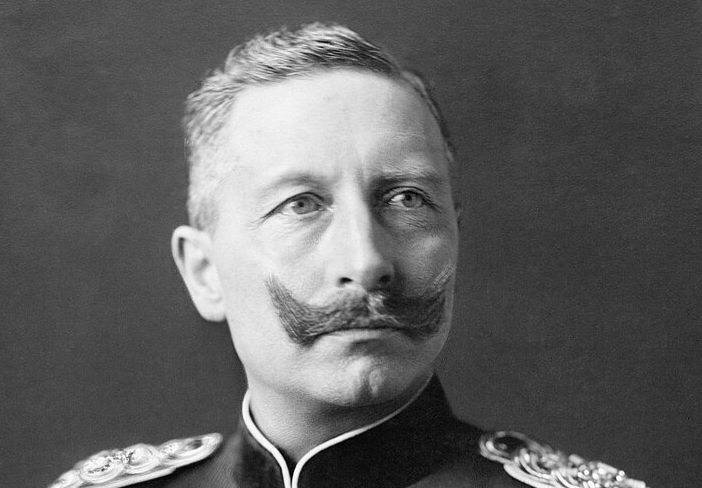 Studio of Thomas Heinrich Voigt, Wikimedia Commons
Studio of Thomas Heinrich Voigt, Wikimedia Commons
Umberto II
The last king of Italy, the only son of King Victor Emmanuel III, Umberto II’s short reign lasted for just over a month in 1946. Born in 1904, he saw his father navigate two global conflicts and ultimately abdicate to preserve the monarchy. Umberto II then had to face an impending referendum on Italy’s monarchy. Despite his political savviness Umberto II was unable to prevent the transition to a republic when the vote passed narrowly in June 1946.
Queen Liliuokalani
Queen Liliuokalani, born Lydia Kamakaeha, was the first and last queen of Hawaii, ruling from 1891 to 1893. She aimed to restore the monarchy’s authority and native Hawaiian rights, which had been undermined by an 1887 constitution that effectively shifted power to foreign interests and the local elite. In January 1893, a coup led to her surrender; she later appealed to Presidents Grover Cleveland and William McKinley to reinstate her, but the new provisional government refused to accept her return.
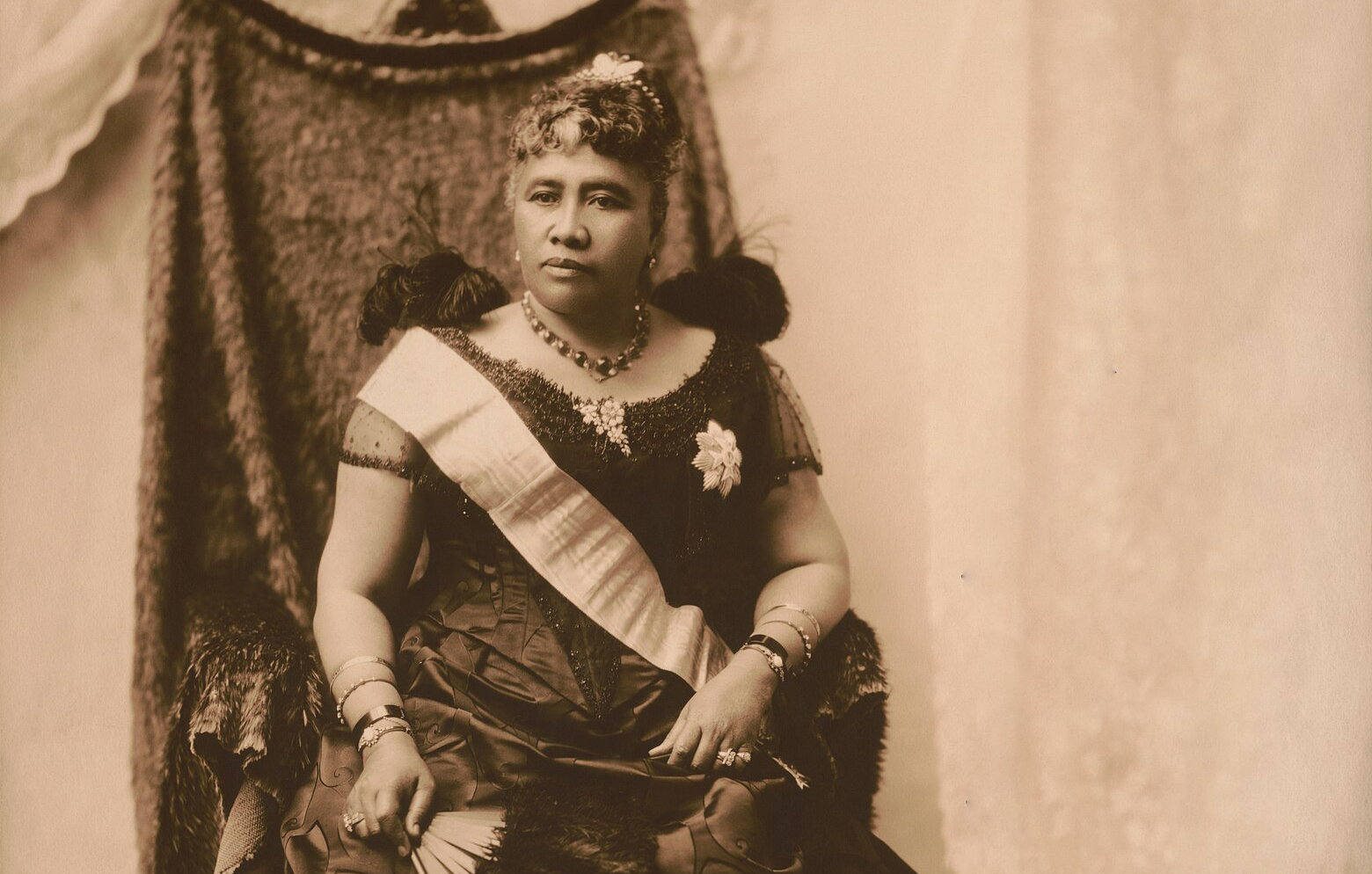 James J. Williams, Wikimedia Commons
James J. Williams, Wikimedia Commons
Cleopatra VII
Cleopatra VII Thea Philopator was the last ruler of the Ptolemaic dynasty and Egypt’s final pharaoh. She ruled independently after her father’s passing, facing internal strife, including an attempted coup by her sister Arsinoe and brother Ptolemy XIII. Cleopatra, and Egypt, ultimately lost power to Rome after the Battle of Actium in 31 BC, marking the end of the Ptolemaic era.
 Lawrence Alma-Tadema, Wikimedia Commons
Lawrence Alma-Tadema, Wikimedia Commons
Bahadur Shah Zafar II
Bahadur Shah Zafar II succeeded Akbar II in 1837, becoming the last emperor of the Mughal Empire which had been in decline for centuries. By the time of his rule, the British East India Company had gained significant control over India, reducing the Mughals power to only Delhi and its surrounding areas. The Indian uprising of 1857 against the British East India Company led to Bahadur Shah Zafar II’s detainment, trial, and exile to Burma.
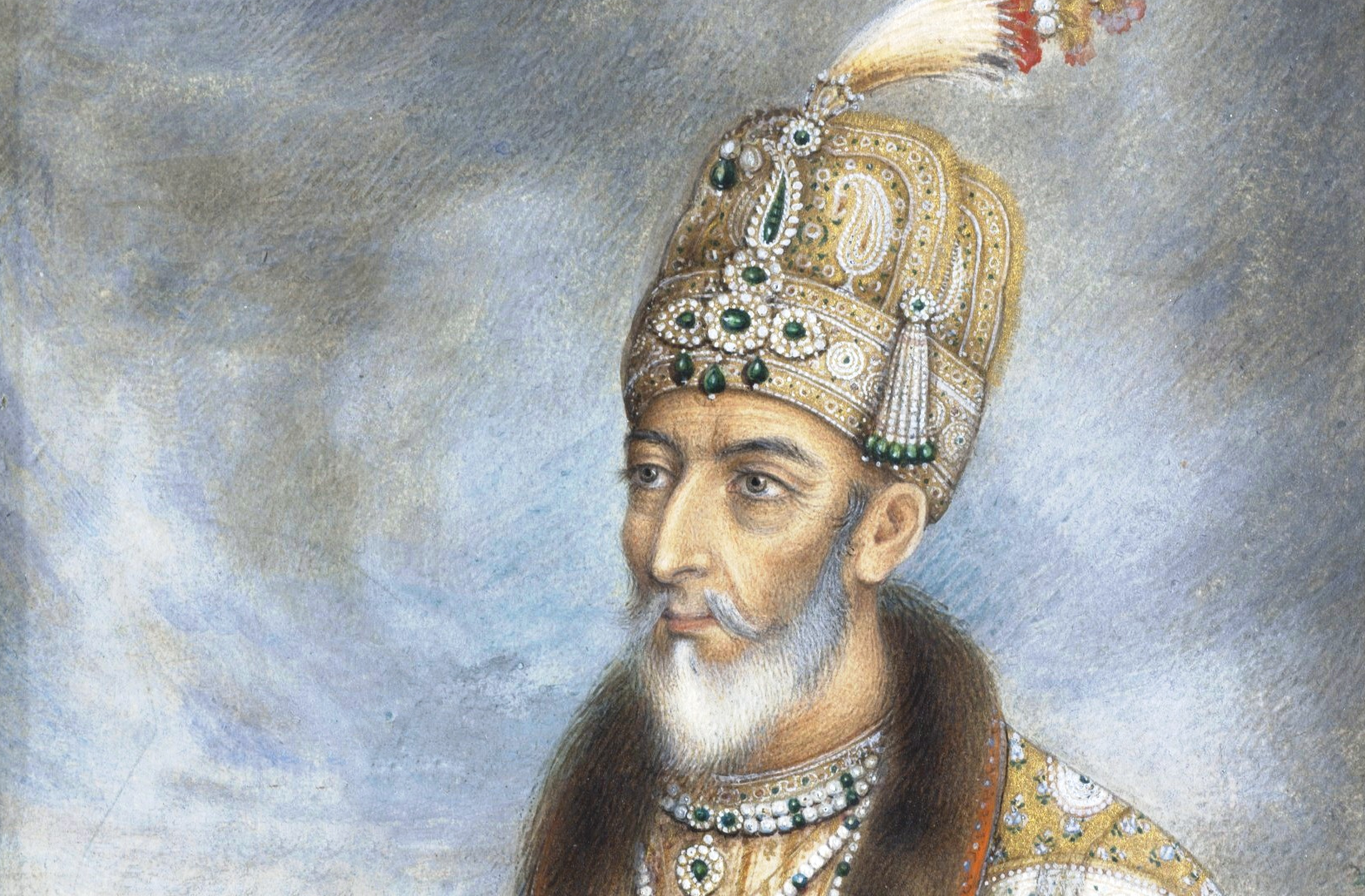 Unknown Author, Wikimedia Commons
Unknown Author, Wikimedia Commons
Nicholas II of Russia
Tsar Nicholas II abdicated in 1917, briefly appointing his brother, Grand Duke Michael Alexandrovich, as emperor. Michael expressed support for the provisional government but did not formally accept the role, making Nicholas II the last tsar. Born in 1868, Nicholas initially felt unprepared for leadership, admitting, “I am not prepared to be a tsar. I never wanted to become one.” He, his wife Alexandra, and their five children were imprisoned and executed by Bolshevik revolutionaries in 1918, marking the end of the Romanov dynasty.
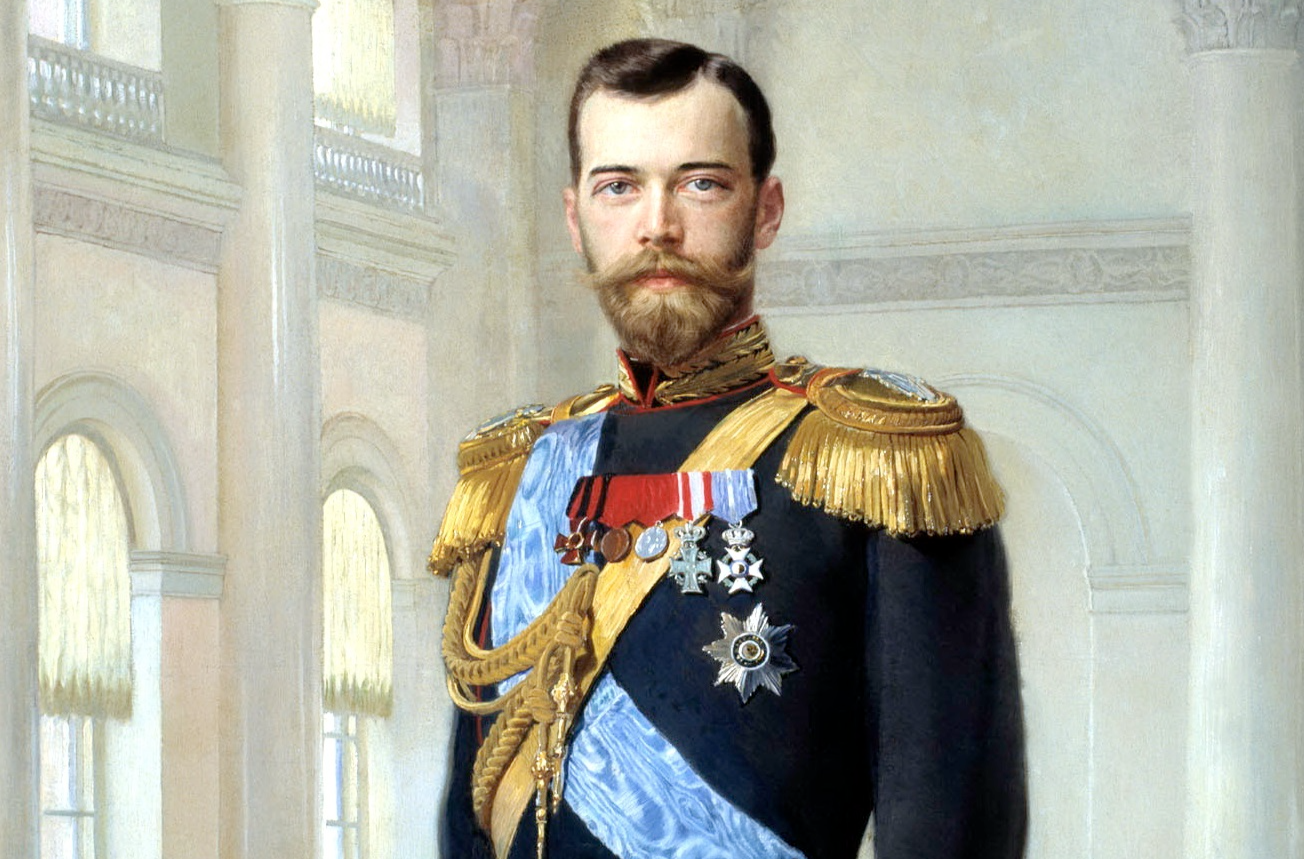 Earnest Lipgart, Wikimedia Commons
Earnest Lipgart, Wikimedia Commons
Constantine XI Palaiologos
The Byzantine Empire lasted until 1453 when Muslim forces captured Constantinople ending the reign of Emperor Constantine XI Palaiologos (1404-1453). Under Constantine, the city was a fraction of its former glory, facing internal strife and threats from Muslim forces. When Sultan Mehmed II prepared to strike, Constantine attempted to maintain a relationship with the Muslim power but it ultimately failed—Mehmed II’s forces breached the city walls in May 1453, causing massive destruction and enslaving thousands, including Constantine himself.
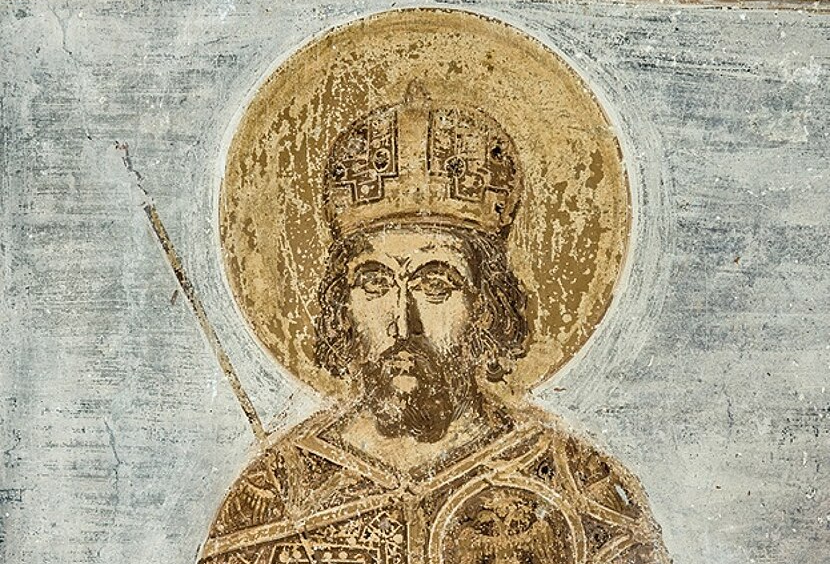 Unknown Author, Wikimedia Commons
Unknown Author, Wikimedia Commons
Cuauhtémoc
Cuauhtémoc became the last Aztec emperor in 1520; as Spanish forces advanced and smallpox ravaged the Aztec people. He successfully defended Tenochtitlan until August 1521 but was unable to find reinforcements to stop Hernan Cortés. Captured on August 13, Cuauhtémoc asked Cortés to end his life after surrendering. However, Cortés tortured him to try and extract the location of the Aztec treasures before ordering his execution in 1525.
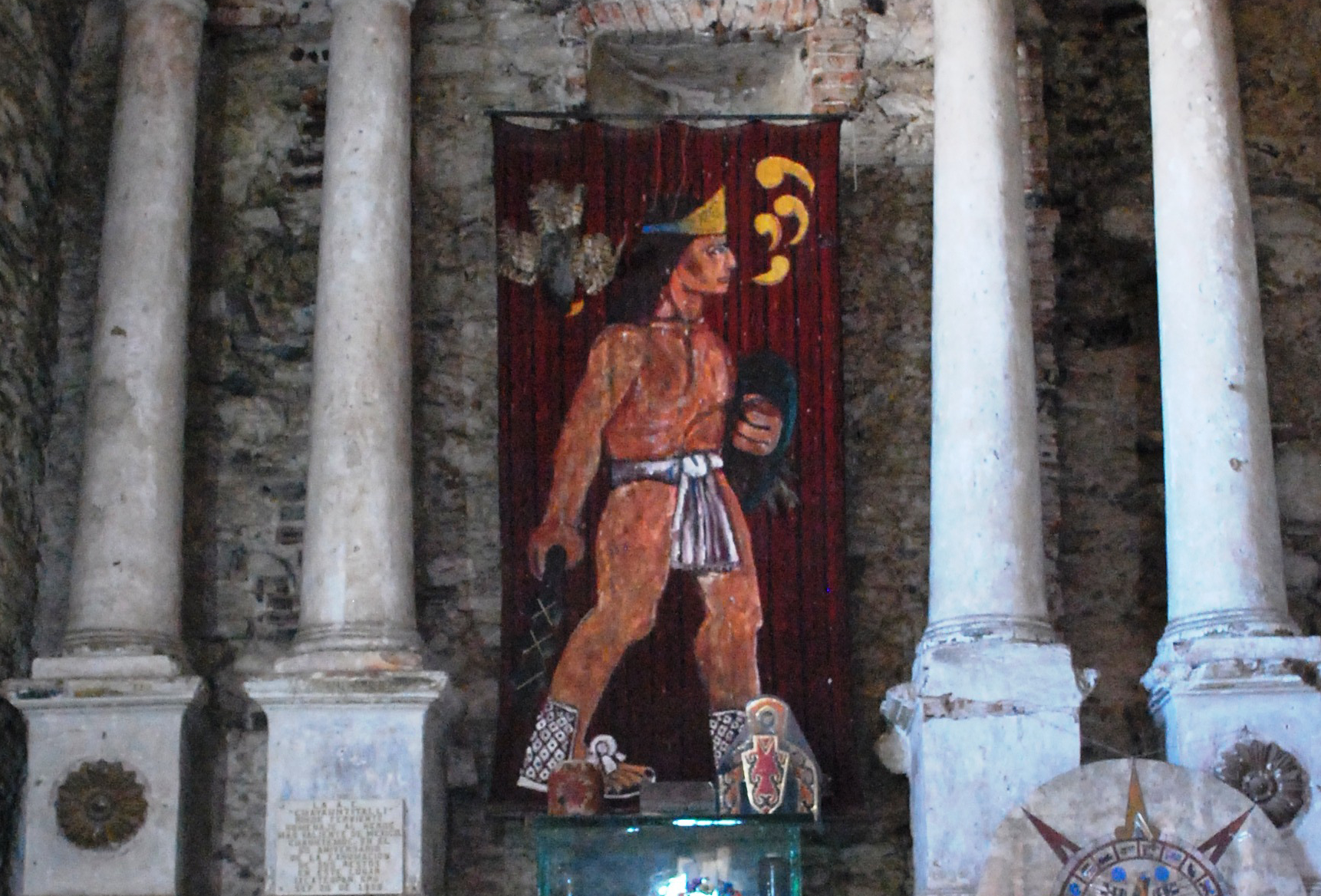 AlejandroLinaresGarcia, CC BY-SA 4.0, Wikimedia Commons
AlejandroLinaresGarcia, CC BY-SA 4.0, Wikimedia Commons

History's most fascinating stories and darkest secrets, delivered to your inbox daily.
Puyi
Born in 1906, Puyi was the 11th and final emperor of the Qing dynasty of China, reigning from 1908 to 1912. At just 3 years old, he was chosen by Empress Dowager Cixi to replace his uncle. After the revolution in 1911, he went into exile in Japanese-controlled territory and later became the emperor of Manchukuo under Japanese rule until 1945.
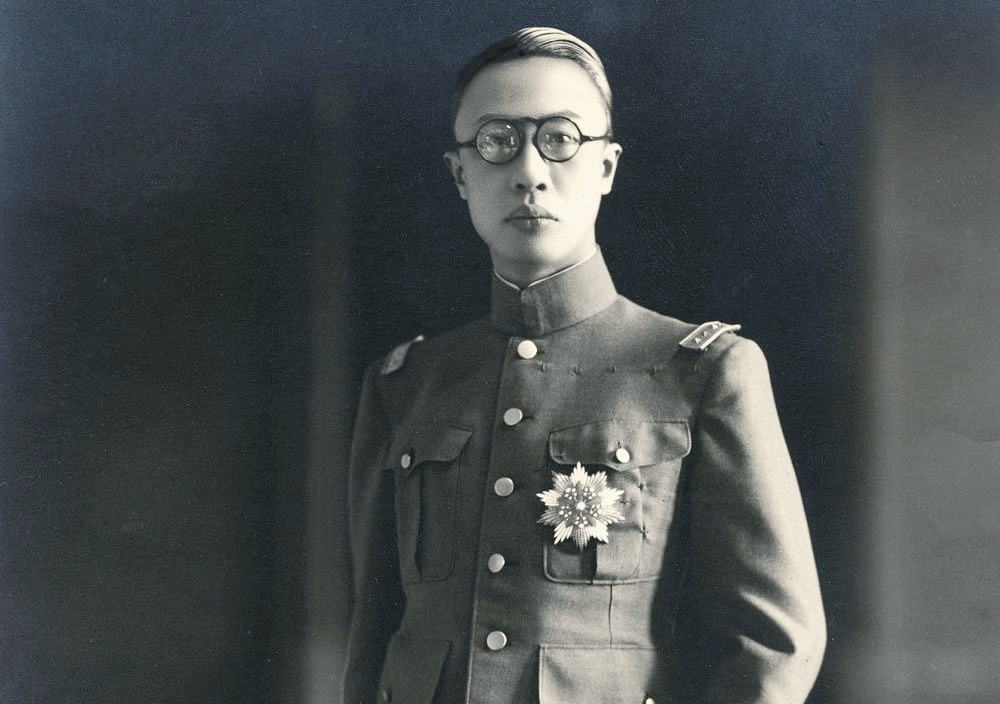 Unknown Author, Wikimedia Commons
Unknown Author, Wikimedia Commons
Romulus Augustulus
Romulus Augustulus ruled the Western Roman Empire for a brief period from 475 to 476, a time when the empire was crumbling under external invasions and internal decay. In 476, Germanic chieftain Odoacer deposed Romulus, marking the end of the Western Roman Empire. Although Romulus's reign was short and largely symbolic, his fall became a defining moment in European history, signifying the transition from antiquity to the Middle Ages.
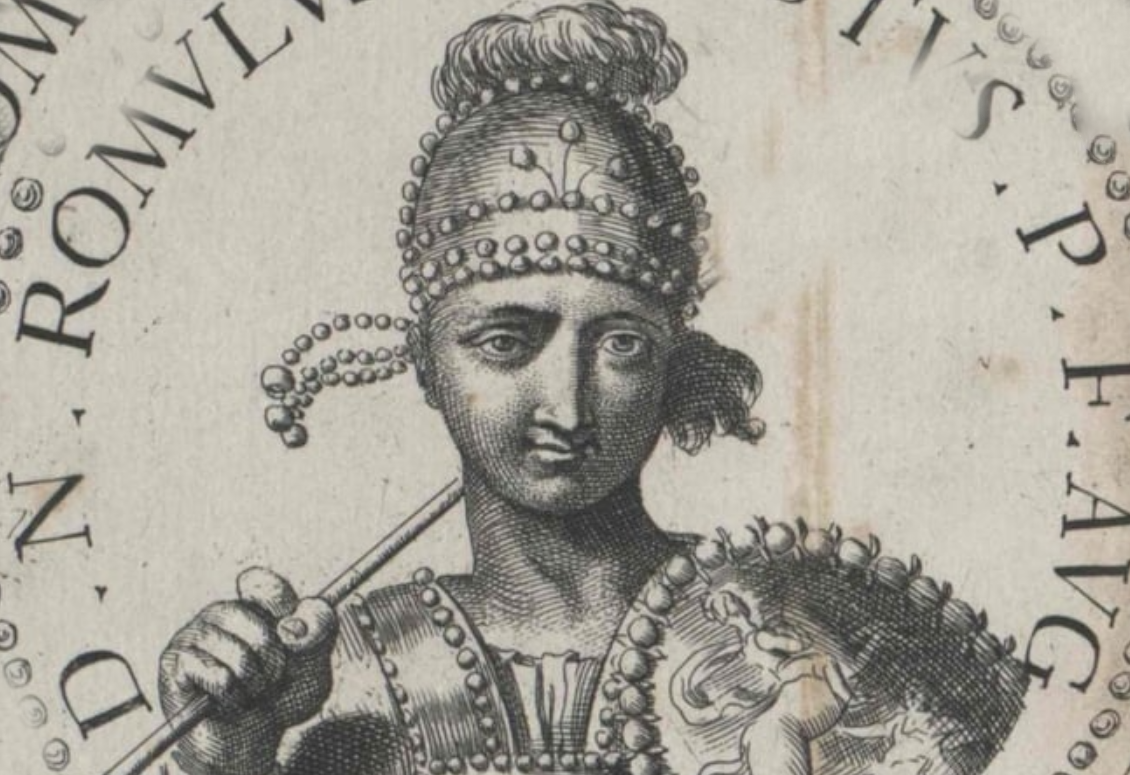 Austrian National Library, Picryl
Austrian National Library, Picryl
Gongyang of Goryeo
King Gongyang, born Wang Ho, ascended to the throne of Goryeo in 1389 through the influence of General Yi Seong-gye. Yi, consolidating his authority, then deposed Gongyang in 1392, marking the end of the Goryeo Dynasty after 474 years. Yi established the Joseon Dynasty, which would last for centuries, and designated Hanseong (modern-day Seoul, South Korea) as its capital.
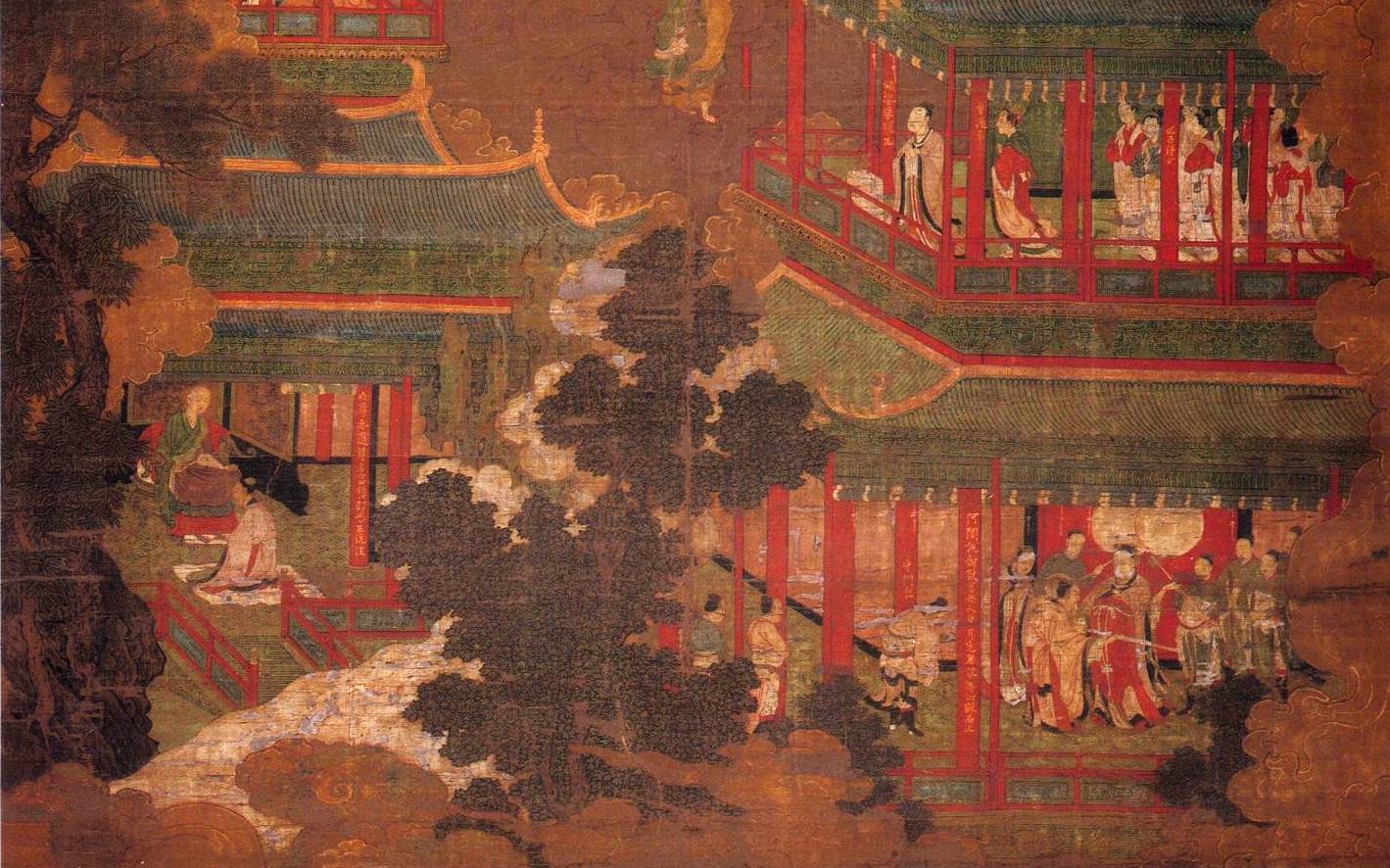 Goryeo-Dynasty artist, Wikimedia Commons
Goryeo-Dynasty artist, Wikimedia Commons
Atahualpa
Atahualpa ruled the Inca Empire from 1532 to 1533, ascending the throne after defeating his brother, Waskar, in a brutal conflict. Said conflict left the empire vulnerable; and Spanish conquistador Francisco Pizarro capitalized on this with advanced weaponry and strategy, defeating the larger Inca forces. Atahualpa was captured and ransomed, but despite the tribute being paid, Pizarro executed him in 1533 anyway.
Askia Ishaq II
Askia Ishaq II ruled the Songhai Empire from 1588 to 1591, during its decline. Though Songhai was vast, covering over 540,000 square miles, it fell to Morocco’s more advanced technology. Moroccan forces, armed with cannons, defeated the Songhai army, which outnumbered them more than tenfold. This marked the end of one of Africa’s greatest indigenous empires.
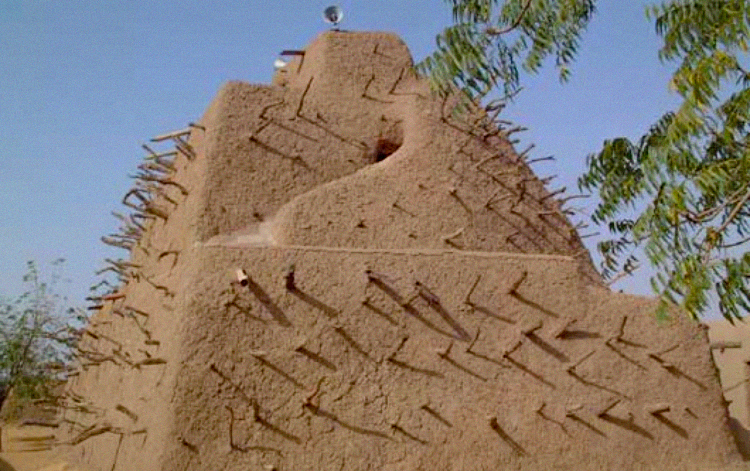 Taguelmoust, CC BY-SA 3.0, Wikimedia Commons
Taguelmoust, CC BY-SA 3.0, Wikimedia Commons
Mahmud Keita IV
Mahmud Keita IV ruled the Mali Empire as it faced its decline in the late 16th and early 17th centuries. Famous for its gold and influence, the empire once encompassed vast parts of West Africa. Similar to the Songhai Empire, a decisive defeat by Moroccan forces, armed with advanced weaponry, marked the beginning of its end. After Mahmud Keita IV’s passing, internal disarray prevented the rise of a new leader, sealing the empire's fate.
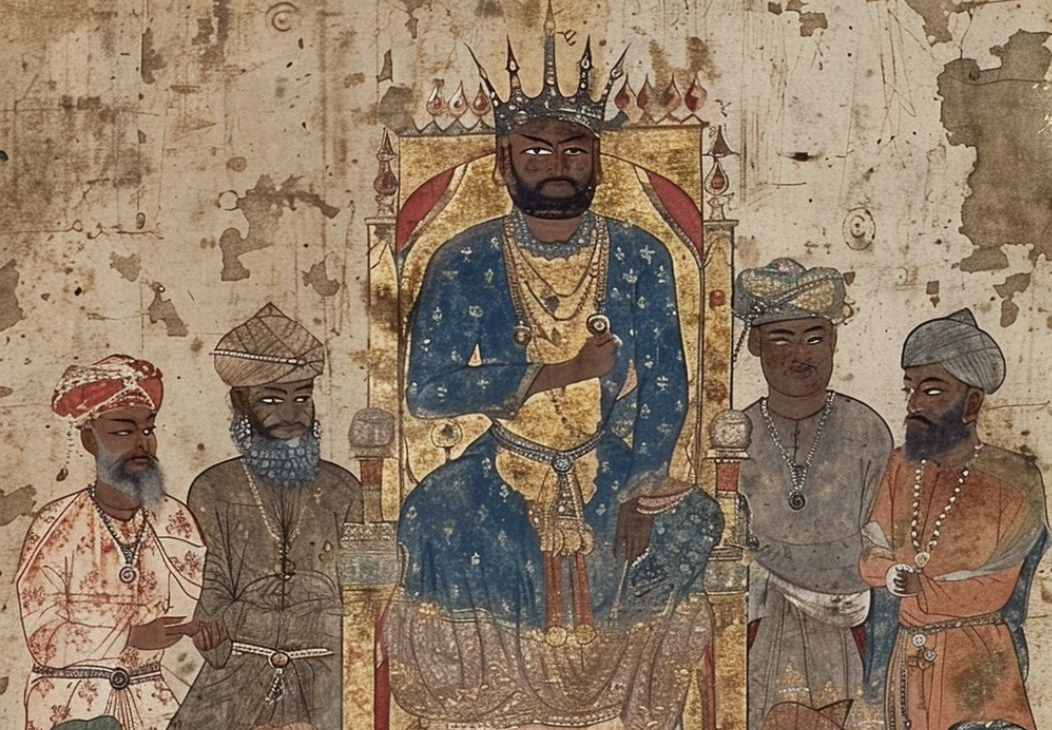 Jansen.2, CC BY-SA 4.0, Wikimedia Commons
Jansen.2, CC BY-SA 4.0, Wikimedia Commons
Frederick I
Sweden emerged as a major European power in the 17th century, controlling much of the Baltic region. The empire’s rise is often linked to Gustavus Adolphus, who became king in 1611. After the Great Northern Conflict, Sweden lost significant territories under the Treaty of Nystad in 1721, marking the empire's decline. Frederick I, who reigned briefly, is regarded as its last ruler.
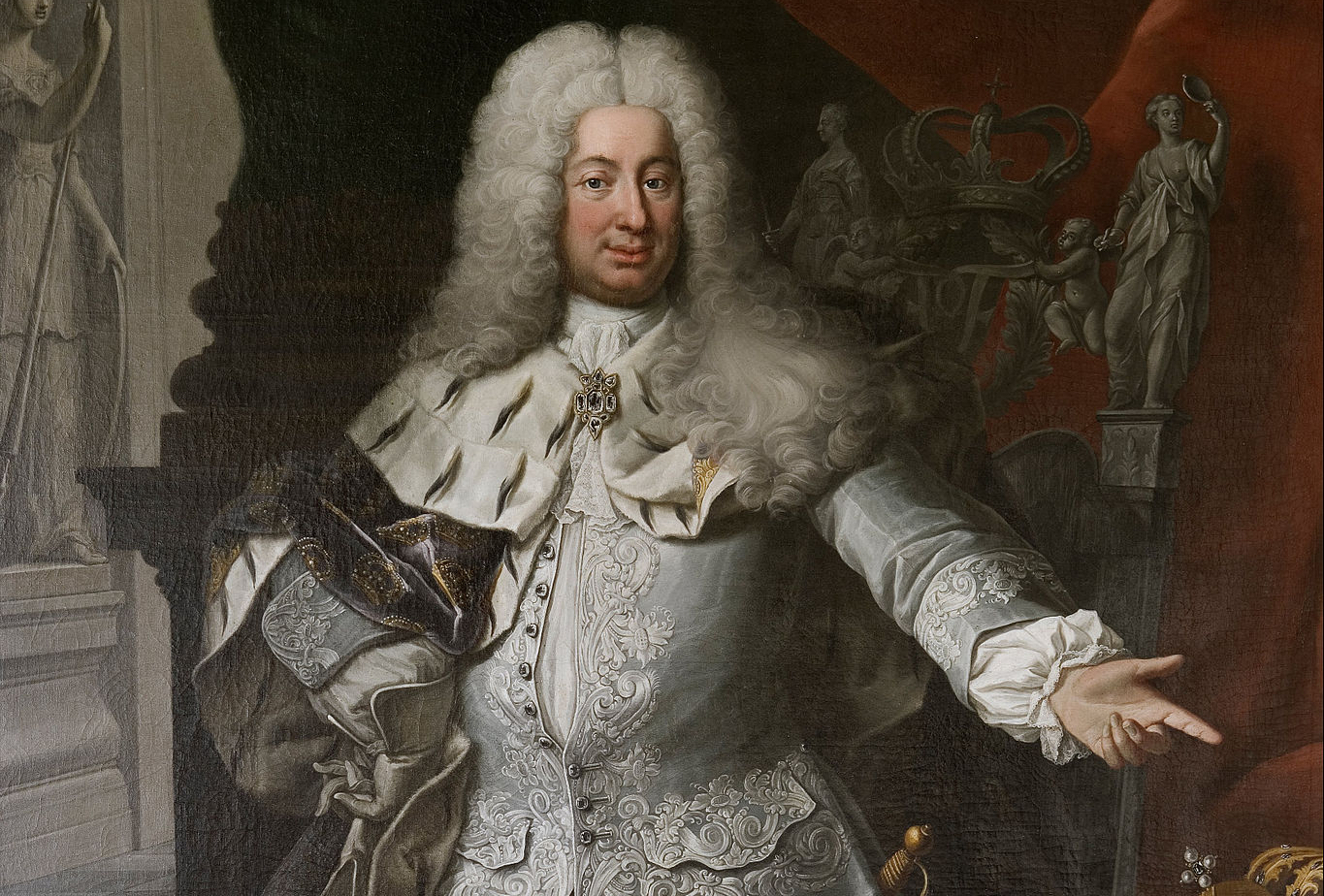 Georg Engelhard Schröder, Wikimedia Commons
Georg Engelhard Schröder, Wikimedia Commons
Francis II
The Holy Roman Empire lasted for over a thousand years, yet it was Napoleon who brought it to an end. After expanding his influence into German-speaking territories, Napoleon formed the Confederation of the Rhine. When the German states seceded, Emperor Francis II officially renounced the Holy Roman Empire crown on August 6, 1806 - marking the end of a millennium.
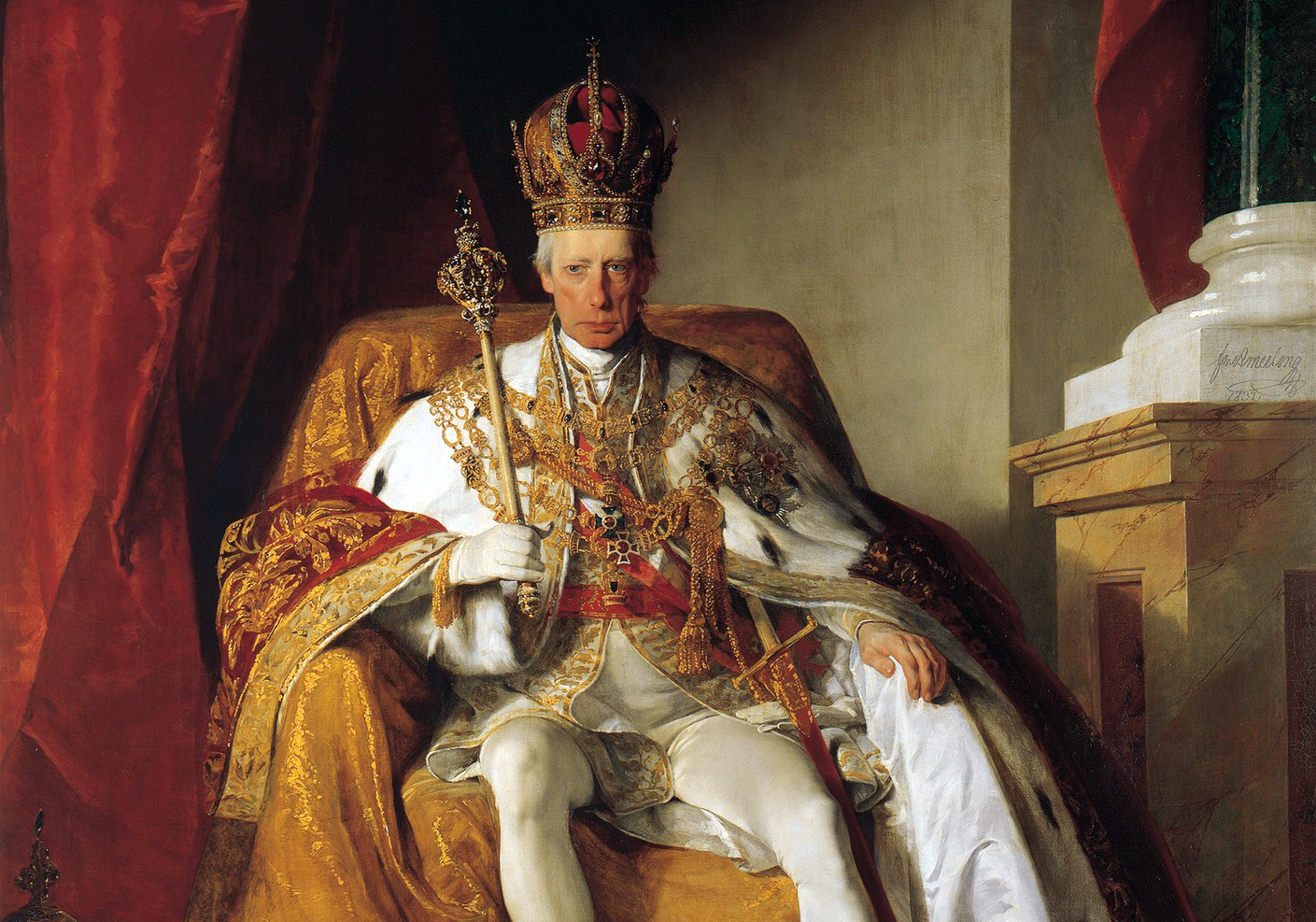 Friedrich von Amerling, Wikimedia Commons
Friedrich von Amerling, Wikimedia Commons
Charles I
Austria-Hungary, a dual monarchy formed in the mid-19th century, was made up of various nationalities vying for independence. The elimination of Archduke Franz Ferdinand in 1914 triggered The First Global Conflict, leading to the empire’s decline. New nations like Hungary, Czechoslovakia, Yugoslavia, and Poland emerged from the ashes of Austria-Hungary.
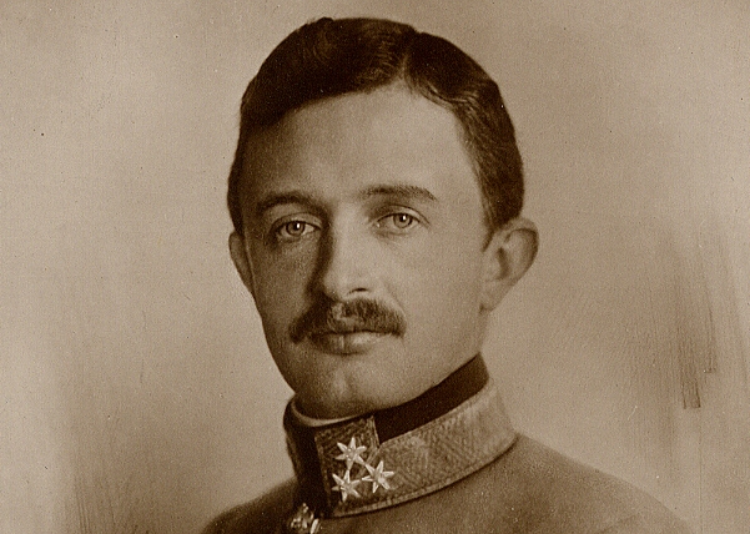 Unknown Author, Wikimedia Commons
Unknown Author, Wikimedia Commons
Mehmed VI
Mehmed VI was the 36th and last Sultan of the Ottoman Empire, reigning from 1918 to 1922. Mehmed VI assumed leadership of the declining empire, which faced nationalist movements and diplomatic setbacks. A series of unpopular treaties with the Western Allies deepened discontent among Turkish nationalists, leading to his forced abdication. Mehmed VI lived out his final years exiled from Türkiye.
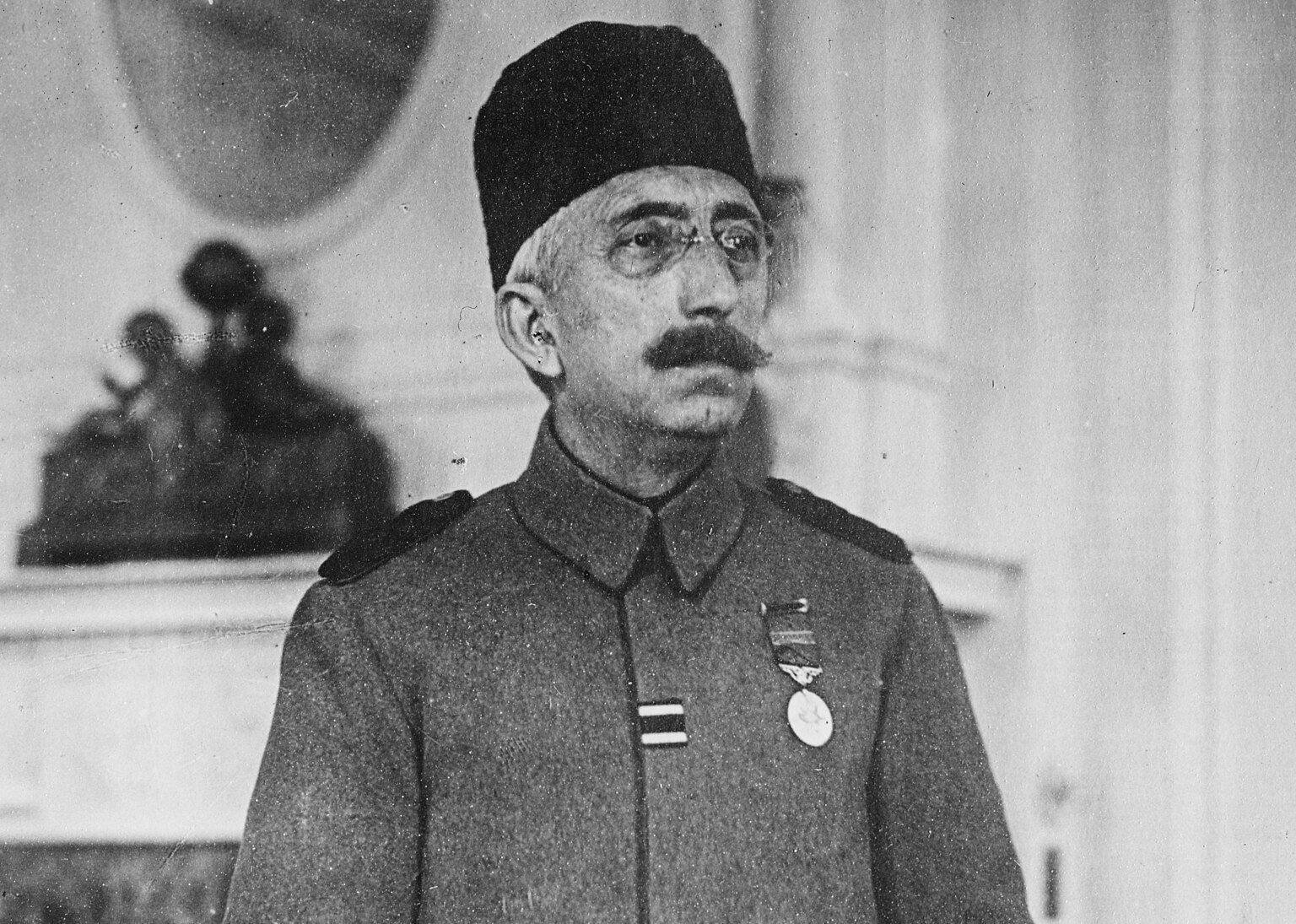 George Grantham Bain, Wikimedia Commons
George Grantham Bain, Wikimedia Commons
Benito Mussolini
Benito Mussolini of Italy envisioned a latter-day Roman Empire when he became leader in 1922. In 1935, he invaded Ethiopia, expecting no resistance from the League of Nations. Despite early victories, the Italian efforts faltered, including a failed campaign against Greece and disaster in North Africa. When the Allies invaded Italy in 1943, Mussolini was overthrown.
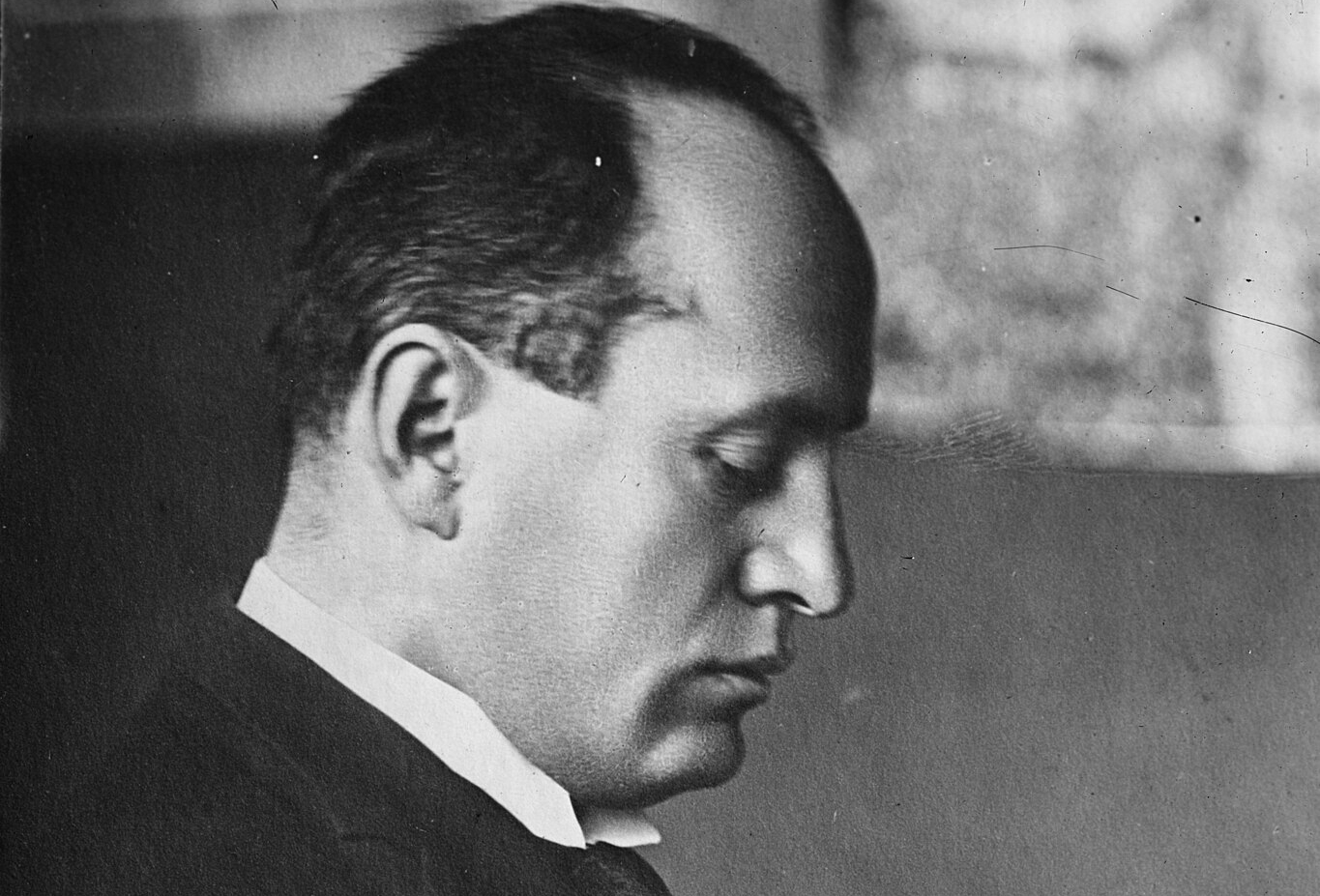 Bain News Service, Wikimedia Commons
Bain News Service, Wikimedia Commons
Hirohito
Hirohito reigned from 1928 to 1947, overseeing Japan’s imperial expansion during the first half of the 20th century. In 1937, Japan invaded China, and after attacking Pearl Harbor in 1941, it conquered numerous Asian territories. As Allied forces reclaimed these territories, the atomic bombings led to Japan’s surrender and the enactment of a new constitution in 1947, effectively ending the empire.
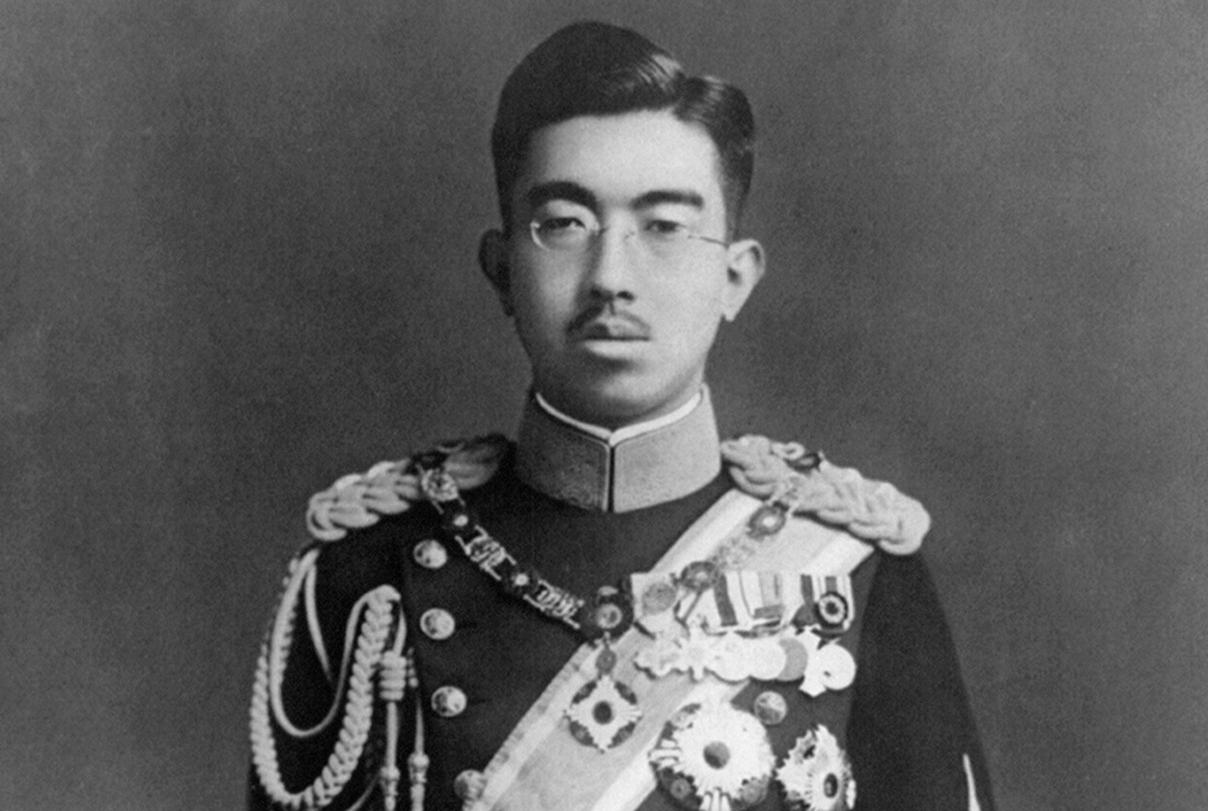 Unknown Author, Wikimedia Commons
Unknown Author, Wikimedia Commons
Queen Juliana
Queen Juliana reigned from 1948 to 1980, overseeing the decline of the Dutch colonial empire. The Netherlands established colonies on five continents starting in the late 16th century. The last Dutch colony, Suriname, gained independence in 1975, marking the end of the empire.
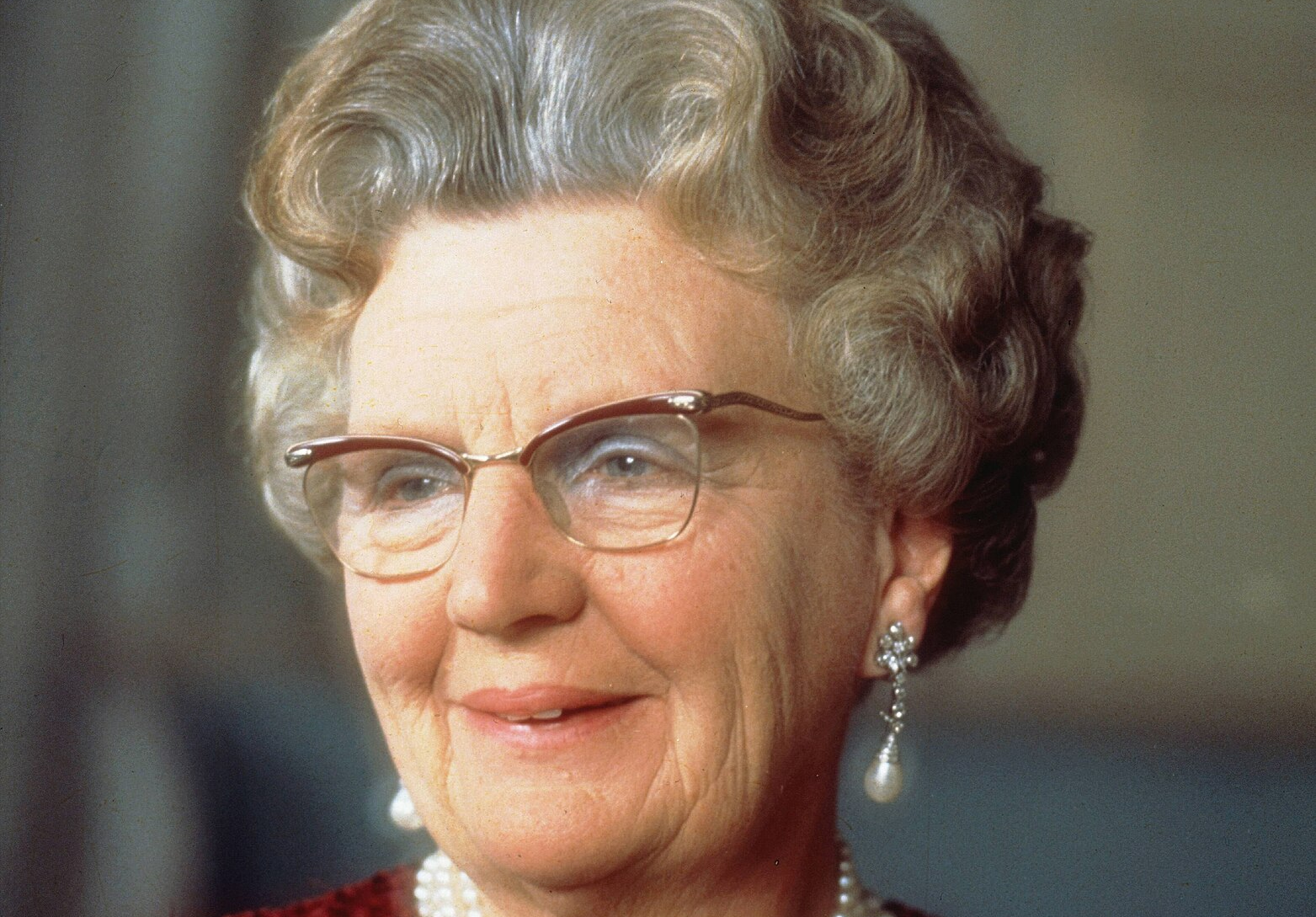 Koot, Max / RVD, CC BY-SA 3.0, Wikimedia Commons
Koot, Max / RVD, CC BY-SA 3.0, Wikimedia Commons
Queen Elizabeth II
The British Empire, beginning with Elizabeth I, may be said to have ended with Elizabeth II. By the time Elizabeth II was crowned in 1952, the empire had lost many of its colonies, including India, which gained independence in 1947. The handover of Hong Kong to China in 1997 marked the effective end of the British Empire.
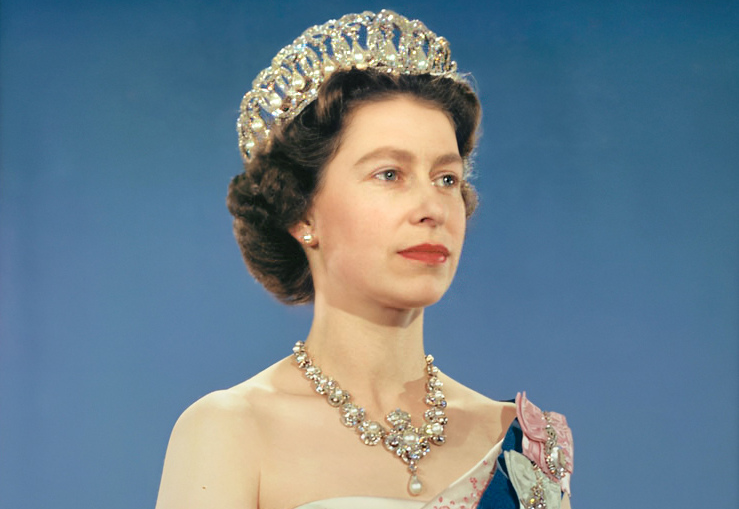 Donald McKague, Wikimedia Commons
Donald McKague, Wikimedia Commons
Jorge Sampaio
Exemplified by explorers like Vasco de Gama, Portugal established the first true global empire in the 15th century. Over the centuries, as other European powers grew stronger, Portugal lost many of its colonies. By the 1970s, independence movements had expelled Portugal from Angola and Mozambique, and in 1999, Macau was handed over to China, during the presidency of Jorge Sampaio - ending Portuguese hegemony.
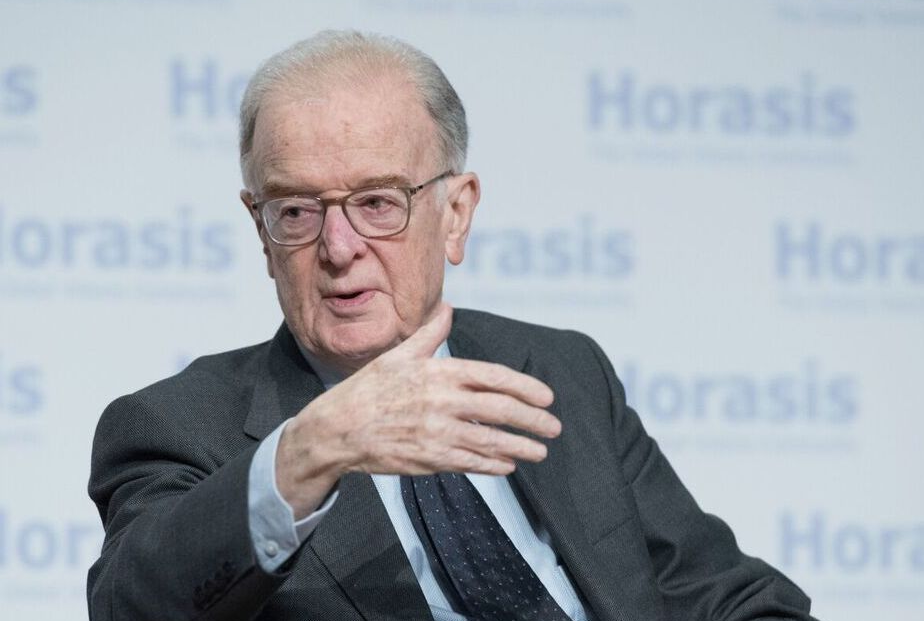 Richter Frank-Jurgen, CC BY-SA 2.0, Wikimedia Commons
Richter Frank-Jurgen, CC BY-SA 2.0, Wikimedia Commons
Pedro II
Pedro II, who represented the rural landowner class, was increasingly out of step with powerful urban middle classes and the army. These factors culminated in his downfall, leading to a coup on Nov. 15, 1889, which forced him to abdicate, despite his relatively benign rule. In 1920 Pedro II’s remains, along with those of his wife, were placed in a chapel in the city of Petrópolis, named in his honor.
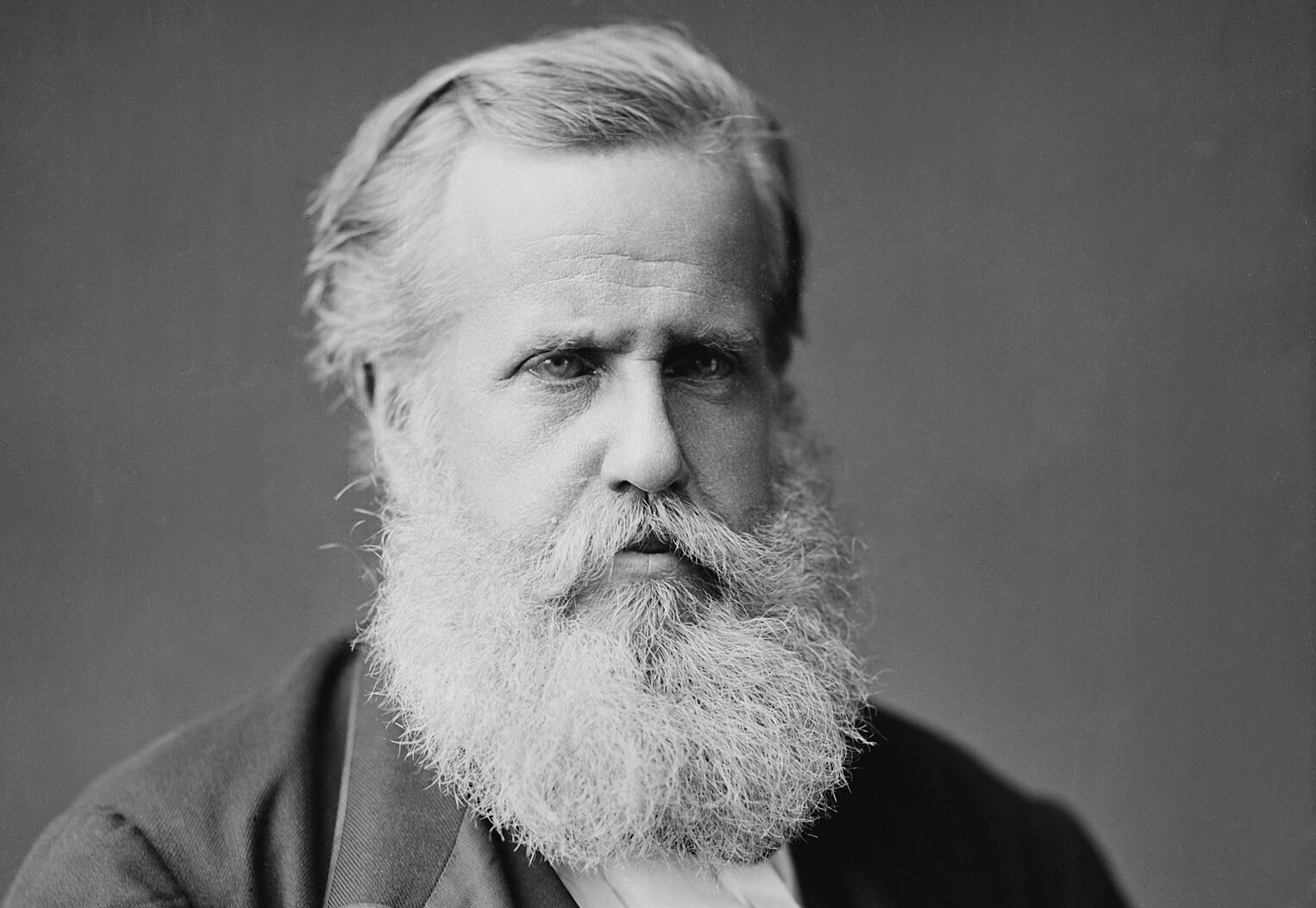 Mathew Benjamin Brady, Wikimedia Commons
Mathew Benjamin Brady, Wikimedia Commons
Napoleon III
Arguably, the last king of France was Louis XVI, who ruled during the French Revolution. The monarchy was abolished after his execution in 1793. Napoleon Bonaparte's nephew, Charles-Louis-Napoleon Bonaparte, later became Emperor Napoleon III and ruled as a dictator until he was captured and deposed, leading to the establishment of the Third Republic.
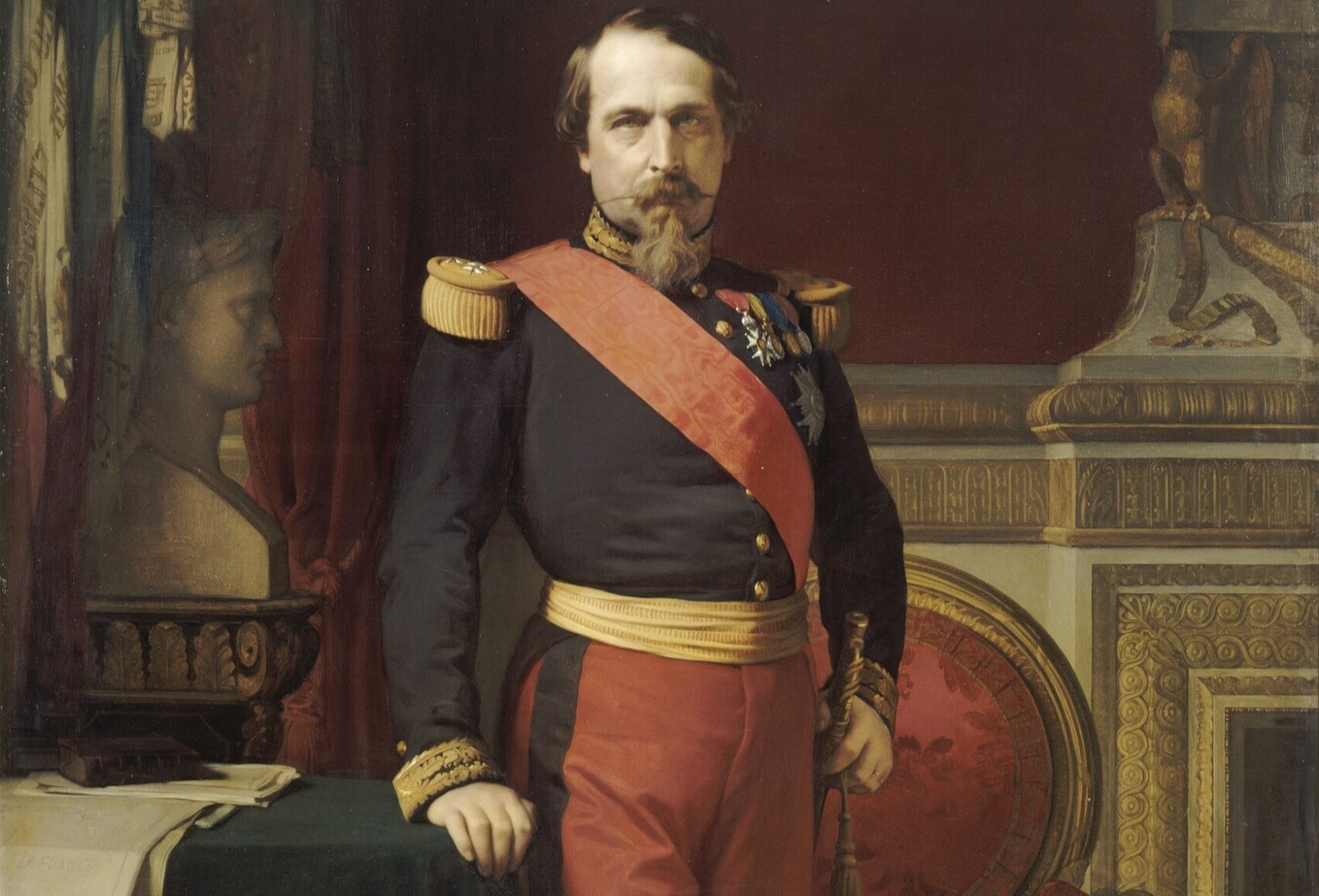 Hippolyte Flandrin, Wikimedia Commons
Hippolyte Flandrin, Wikimedia Commons
Aššur-uballiṭ II
After the loss of key cities Aššur-uballiṭ II of the Assyrian Empire regrouped what remained of the army at Harran, where he ruled for three years with the support of an Egyptian alliance. Aššur-uballiṭ’s rule ended when Medo-Babylonian forces seized Harran in 610 BC, and his failed attempt to retake it in 609 BC marked the end of the ancient Assyrian monarchy.
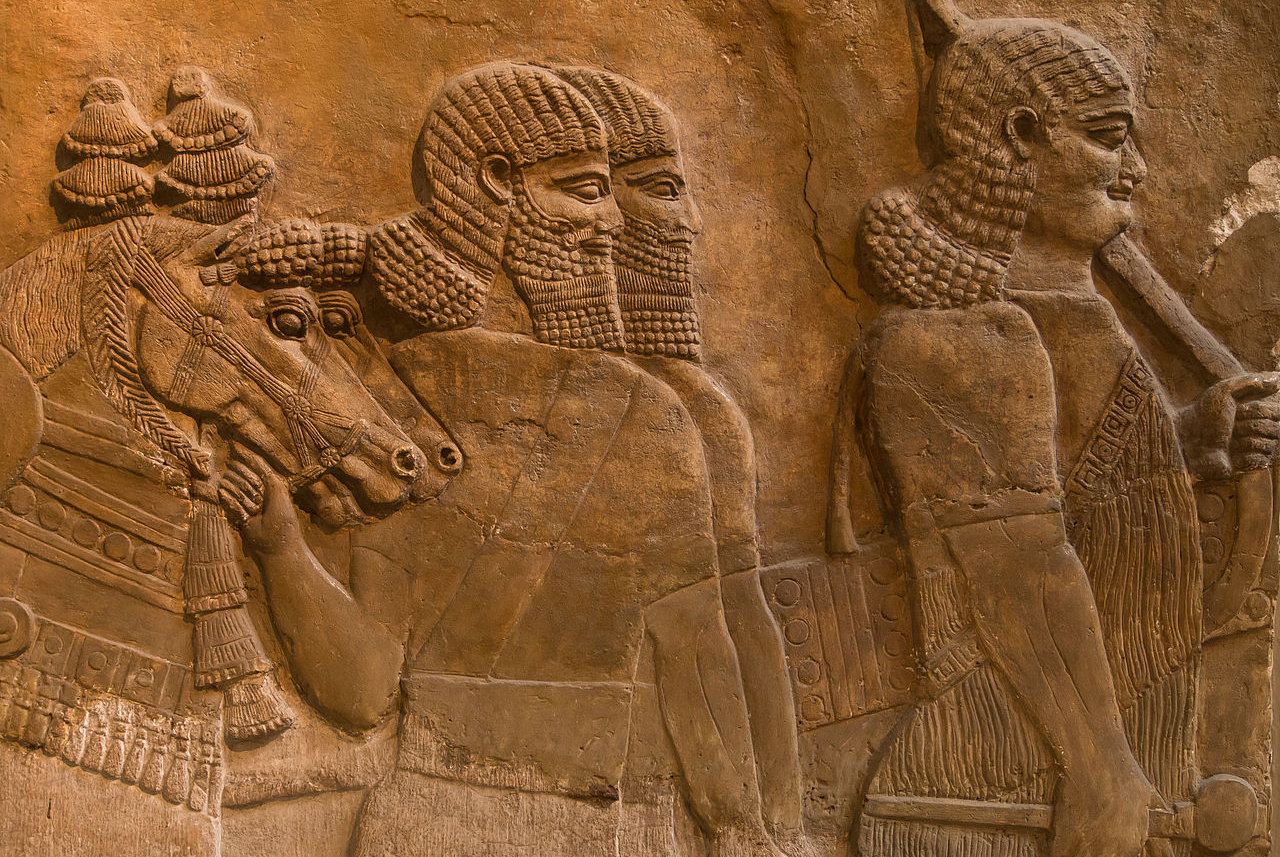 Denis Bourez, CC BY 2.0, Wikimedia Commons
Denis Bourez, CC BY 2.0, Wikimedia Commons
Francis of the Two Sicilies
Surprised by an invasion in 1860; Francis II of the Two Sicilies, acting on the advice of the French emperor Napoleon III, surrendered to the liberals in his kingdom; he restored the constitution of 1848, granted freedom of the press, and promised fresh elections. However, it was too late to save the monarchy.
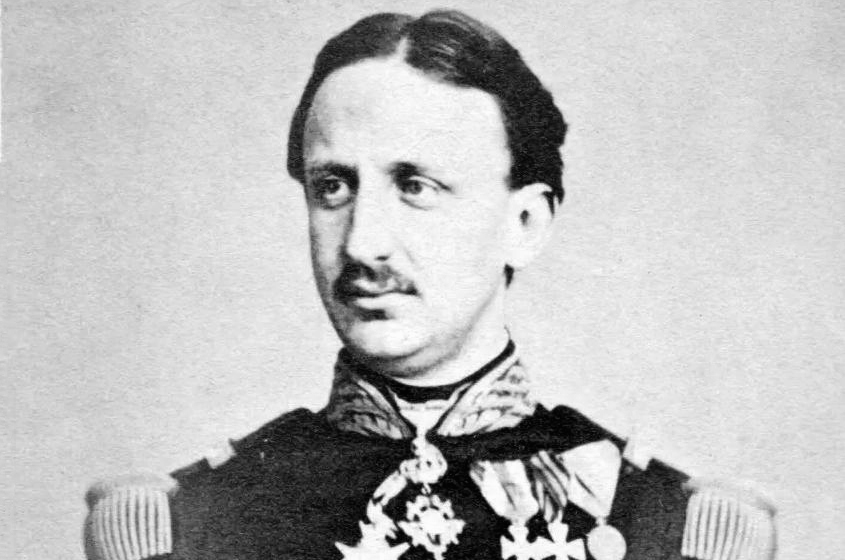 Unknown Author, Wikimedia Commons
Unknown Author, Wikimedia Commons
Stefan Uroš V
Stefan Uroš V, was a weak ruler under whom the Serbian empire dissolved into fragments ruled by rival despots. The Serbian principalities were compelled to accept the suzerainty of the Byzantine emperor before falling to the advancing power of the Ottoman Turks.
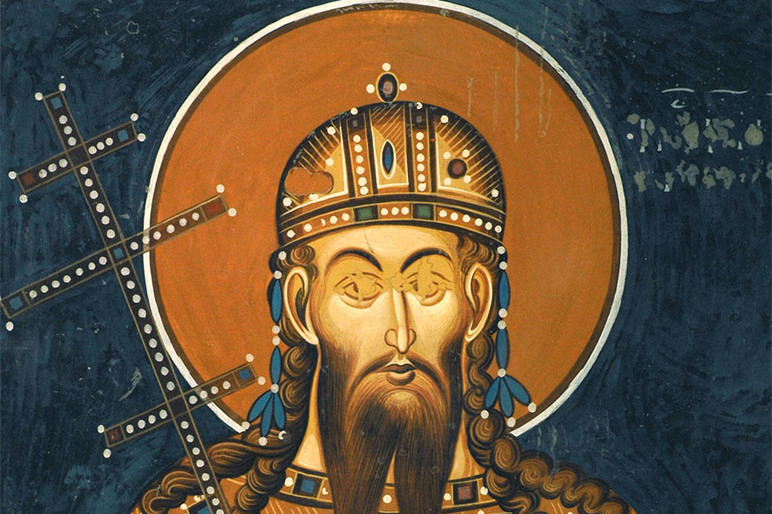 Unknown Author, Wikimedia Commons
Unknown Author, Wikimedia Commons
Ponhea Yat
Ponhea Yat was the last king of the Khmer Empire, before its reformation into a Kingdom after a time of decline and fragmentation in the late 15th century. He became the first Khmer king of the post-Angkor period, establishing a new capital at Lovek and marking a shift in Khmer history as the empire transitioned from its Angkorian past losing much of its territories and power projection.
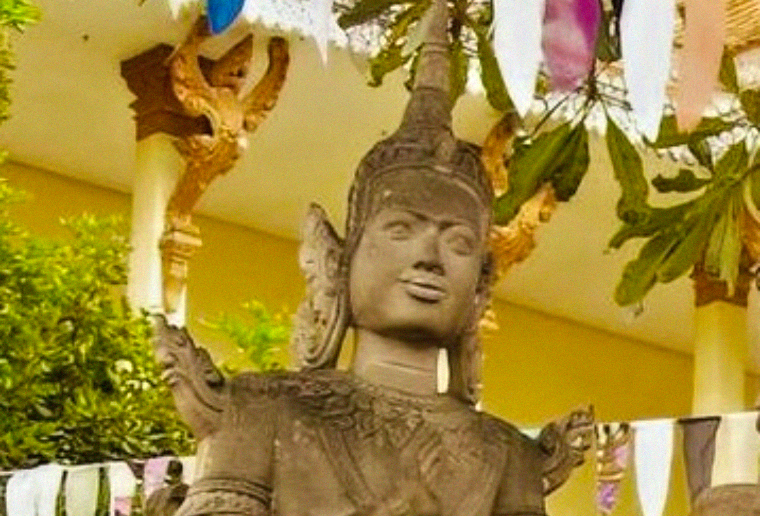 SomaKhmer, CC BY-SA 4.0, Wikimedia Commons
SomaKhmer, CC BY-SA 4.0, Wikimedia Commons
Sayid Abdullah
The last Khan of Khiva, of the Khongirad dynasty, reigning from October 1, 1918, to February 1, 1920. Sayid Abdullah’s rule was marked by limited power as the Khanate due to a coup in 1918. By 1920, the Bolsheviks defeated and overthrew the Khanate of Khiva, and deposed Sayid Abdullah, who was later sent to Ukraine where he spent his remaining short years exiled from his homeland.
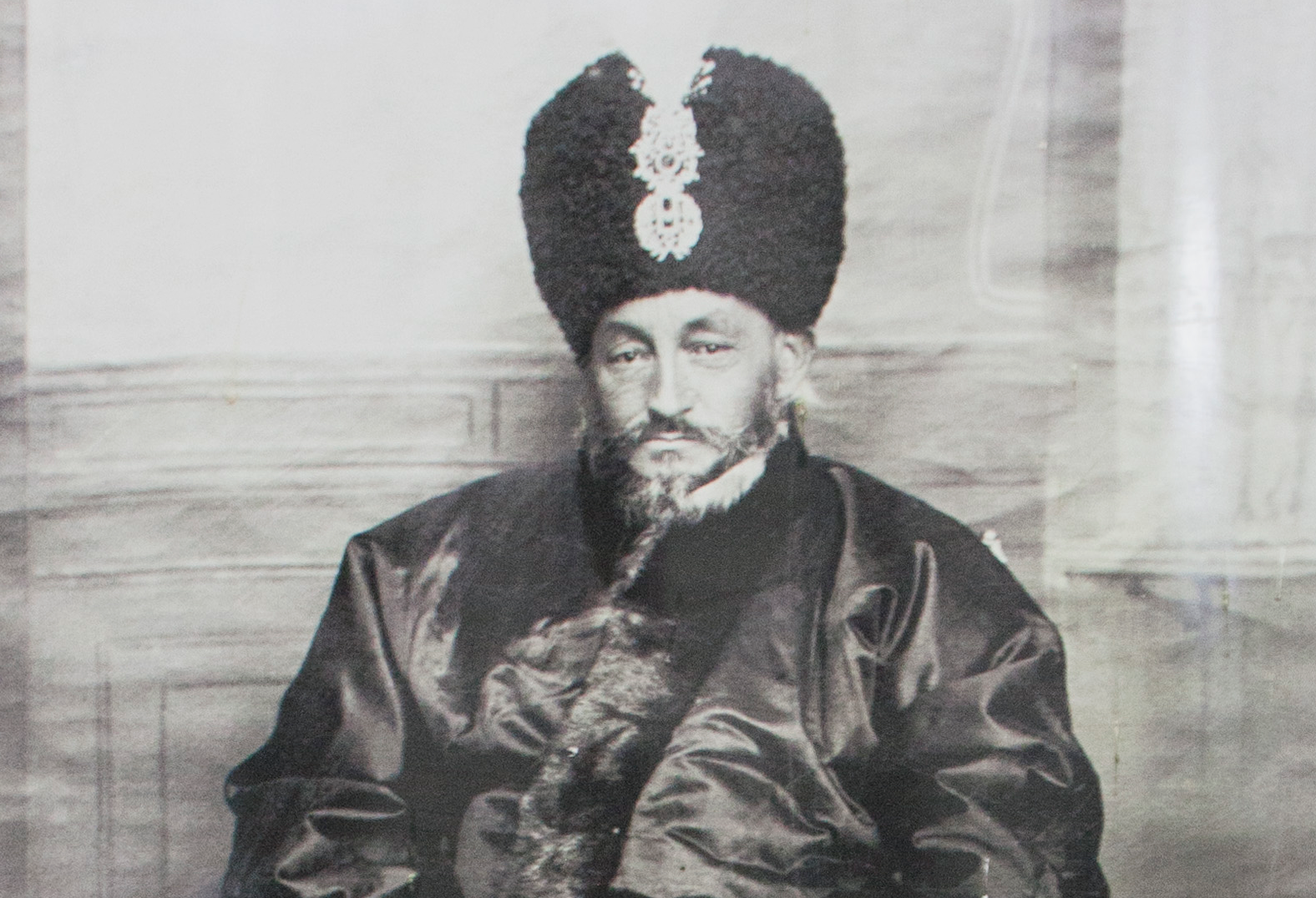 Unknown Author, CC BY-SA 4.0, Wikimedia Commons
Unknown Author, CC BY-SA 4.0, Wikimedia Commons
Alfonso XIII
The Spanish Empire began with the unification of Spain in 1479 under Isabella I and Ferdinand II. By 1492, Spain began exploring and colonizing new territories in the Americas. The empire reached its peak in the 16th century but began to decline in the 18th century due to logistic and economic challenges. Alfonso XIII was the last king before Spain transitioned to a republic in 1931. It then later restored the monarchy in 1975 with Juan Carlos I.

